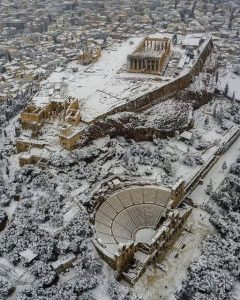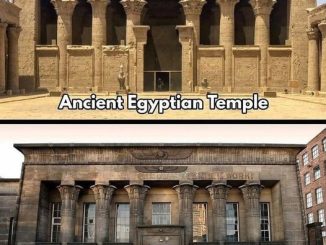Perched on a rocky outcrop above the city, the Acropolis of Athens is not only a symbol of the glory of ancient Greece but also a beacon of enduring cultural heritage. This majestic site, as seen in the stunning photograph, captures the ethereal beauty and architectural grandeur that have made the Acropolis a focal point of historical studies and a pinnacle of tourist interest globally.
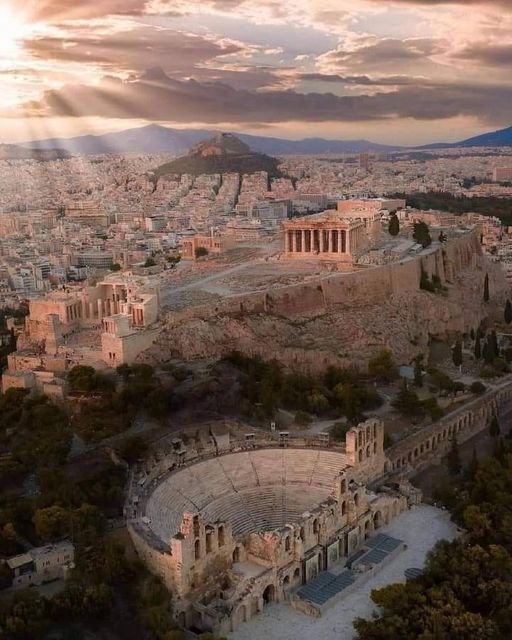
Historical Significance
The Acropolis, meaning “high city” in Greek, has been the site of human activity since prehistoric times, though its most iconic structures were built in the 5th century BCE during the height of Athens’ power. This period, known as the Golden Age of Athens, saw the construction of most of the major temples including the Parthenon, the Erechtheion, and the Temple of Athena Nike.
The Parthenon: A Masterpiece of Architectural Design
Dominating the Acropolis, the Parthenon is perhaps the most iconic surviving building of Ancient Greece. Dedicated to Athena Parthenos, the city’s patron goddess, the Parthenon is celebrated for its Doric design and the slightly curved columns which create an optical illusion of true straight lines. The structure was primarily constructed with Pentelic marble and is renowned for the precision with which these massive blocks were assembled.
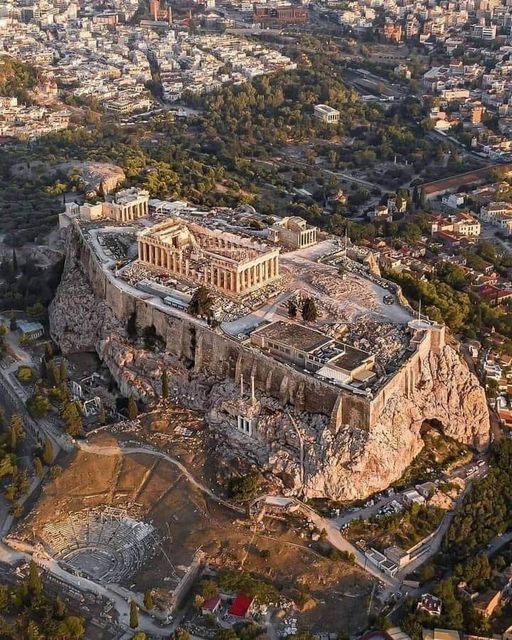
The Historical Landscape
The photograph captures the sprawling view of the Acropolis with the Parthenon standing majestically against a backdrop of modern Athens. The juxtaposition of ancient and contemporary within the frame speaks volumes about the historical and cultural continuum experienced by this iconic city. The foreground shows the Theatre of Herodes Atticus, a stone theatre structure originally used for music concerts holding up to 5,000 spectators, and still in use today, showcasing the living heritage of Athens.
Archaeological and Conservation Efforts
Ongoing archaeological efforts on the Acropolis continue to reveal more about Athenian society, culture, and architecture. Conservation and restoration projects are also critical components of the work done on the Acropolis, ensuring that these ancient structures withstand the challenges of modern environmental factors and remain intact for future generations to study and appreciate.
Cultural and Global Significance
The Acropolis of Athens has been designated a UNESCO World Heritage Site, not only for its clear historical and architectural value but also as a symbol of democracy and the arts. Philosophers, poets, and politicians walked these grounds, and their thoughts and works have profoundly influenced the Western world.
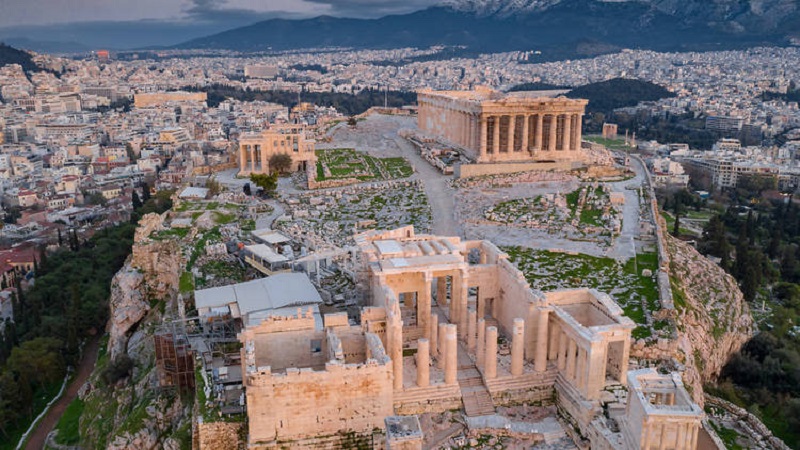
The Acropolis of Athens, as captured in this breathtaking image at dusk, remains a profound testament to human ingenuity and the quest for beauty and meaning. It continues to stand as a bridge between the past and the present, inviting all who gaze upon it to walk the path of history and immerse themselves in the legacy of one of the world’s oldest civilizations. As it has for millennia, the Acropolis of Athens endures, overlooking a city that has grown and modernized beneath its watchful gaze, a sentinel of history watching over the ever-changing landscape of human civilization.





